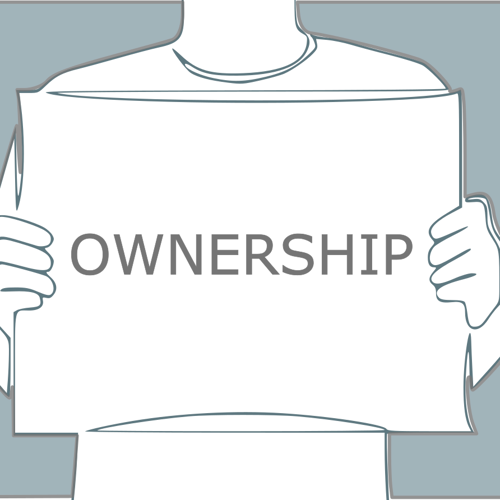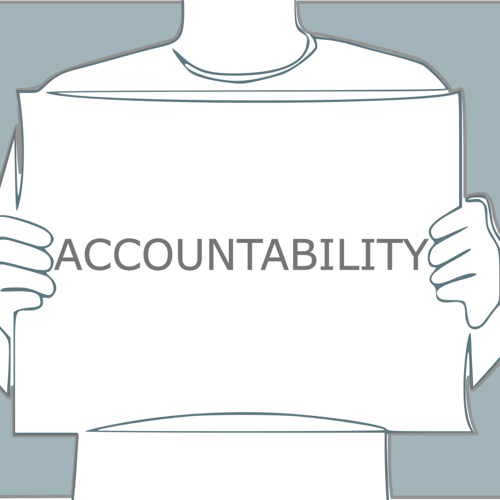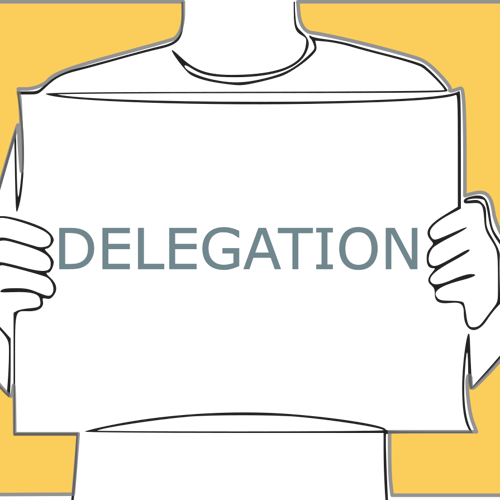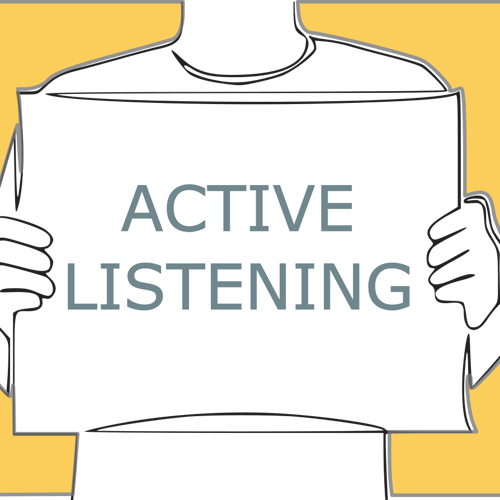Situational Leadership II is a leadership model that helps leaders diagnose the needs and support of the people they lead. The model is task and person centric so expect to traverse through the different styles frequent and often
They say that a picture speaks a thousand words and never has this been truer than in the model depicted here:
The key to this model is to first, identify the development need of the person (the term follower is used to identify this person) in context to the task. With this level in mind, the leaders role is to then match the leadership style accordingly. Lets look at a couple of examples:
Example
Speaking to Bob, a member of your team, you need him to write a report for the quarter end. Bob has never written such a report before and is not confident about the task.
It is clear that Bob is firmly in the developing stage here and is more than likely identified as D1.
A successful outcome would be to opt for an S1 style of leadership, where you would be directive with your language; communicating clearly with Bob about how to approach the task, providing clear detail and instructions about what he should do.
Lets imagine that we opted for S4 though, where we simply delegate the problem to Bob of writing the report. Effective delegation of this problem should highlight that Bob needs substantial support on this task and that diagnosis should trigger a re-evaluation of your chosen leadership style. But, sadly, delegation is not always performed effectively and should this be the case, the successful outcome carried substantial risk. More importantly though, mis diagnosing and applying the wrong leadership style may result in poor development of the individual, increased anxiety and possibly prolonged dis-stress.
Levels
Lets begin with the development levels.
D1 - Enthusiastic Beginner (Low Competence, High Commitment)
Generally lacking the specific skills required for the job in hand, but has the confidence and / or motivation to tackle it.
D2 - Disillusioned Learner (Some Competence, Low Commitment)
May have some relevant skills, but won't be able to do the job without help. The task or the situation may be new to them.
D3 - Reluctant Contributor (High Competence, Variable Commitment)
Experienced and capable, but may lack the confidence to go it alone, or the motivation to do it well / quickly.
D4 - Peak Performer (High Competence, High Commitment)
Experienced at the job, and comfortable with their own ability to do it well. May even be more skilled than the leader.
The complementing leadership styles are:
S1 - Directing (High Directive, Low Supportive)
High task focus, low relationship focus - leaders define the roles and tasks of the 'follower', and supervise them closely. Decisions are made by the leader and announced, so communication is largely one-way. For people who lack competence but are enthusiastic and committed. They need direction and supervision to get them started.
S2 - Coaching (High Directive, High Supportive)
High task focus, high relationship focus - leaders still define roles and tasks, but seek ideas and suggestions from the follower. Decisions remain the leader's prerogative, but communication is much more two-way. For people who have some competence but lack commitment. They need direction and supervision because they are still relatively inexperienced. They also need support and praise to build their self-esteem, and involvement in decision-making to restore their commitment.
S3 - Supporting - (Low Directive, High Supportive)
Low task focus, high relationship focus - leaders pass day-to-day decisions, such as task allocation and processes, to the follower. The leader facilitates and takes part in decisions, but control is with the follower. For people who have competence, but lack confidence or motivation. They do not need much direction because of their skills, but support is necessary to bolster their confidence and motivation.
S4 - Delegating (Low Directive, Low Supportive)
Low task focus, low relationship focus - leaders are still involved in decisions and problem-solving, but control is with the follower. The follower decides when and how the leader will be involved. For people who have both competence and commitment. They are able and willing to work on a project by themselves with little supervision or support.
Take aways
- Development Level is task specific!
- SL2 isn't something that is done to people; it is something you should do with people. Explain the model to them to ensure a shared understanding and appreciation.






